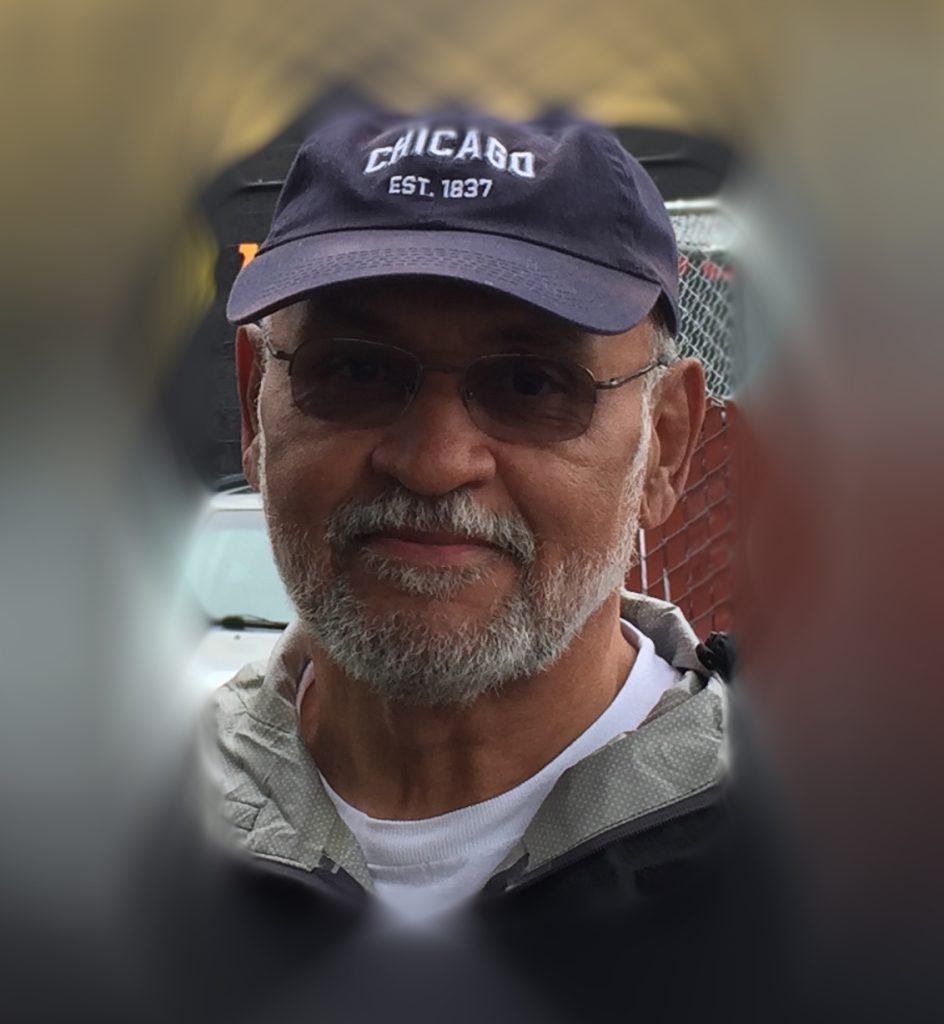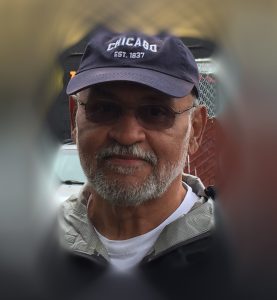
EBSA: Promoting Student-Centered Learning Through Evidence-Based Self-Assessment
By Santos Torres Jr.

Encouraging student investment and responsibility has been a priority throughout my teaching career. Often, students come to my office hours at the end of a semester or email me to inquire about how they are doing and if I think they will be able to pass the course. After many conversations with colleagues about similar interactions and how students might be encouraged to carefully reflect on their work, preparation, and participation relative to course requirements and expectations, a colleague and I developed a student self-evaluation tool referred to as Evidence-Based Self-Assessment(EBSA)[1] as a means of achieving this goal. We focused on designing a tool that would encourage students to be actively engaged and accountable for their learning.
Creating support for learning is paramount for educational success. The EBSA instrument is used to help foster a learner-centered environment, provide some learner control to the student, and advance critical and creative thinking skills. This assessment tool consists of three basic areas: task completion, preparation, and participation. Assessment is also done across three categories: low, average, and above average. Students are invited to complete the EBSA tool to assess (a) their completion of required work (e.g., readings, assignments, quizzes, etc.); (b) their preparation for the tasks they complete as well as for class sessions; and (c) their participation in class sessions, discussions (online and face-to-face), group work, and other activities that require interaction and participation. In addition to the EBSA tool, students include a written self-assessment summary of their work in the course to that date, which gives their rationale and specific evidence for where they placed themselves with the assessment tool. If students assess any aspect of their work in the course as unacceptable, they are to provide a brief description of their plans to revisit that portion of work and what they plan to do relative to future coursework requirements (including a timeline).
We have used the EBSA tool over the past two years in undergraduate and graduate courses, in both online and face-to-face settings. Students are asked to complete this assignment during the third or fourth week of the 16-week semester and then again around week 12. Results indicate varying degrees of positive student engagement relative to student responsibility for achievement in the course. Use of the tool has supported the continued cultivation of a learner-centered and engaged learning environment. Many of the comments from students demonstrate a positive impact. The two comments[2] below appeared on an EBSA completed for the second time in a semester.
• “In sum, This Evidence Based Self-Assessment (EBSA) tool has been helpful in determining the areas that I am doing well in, average in, and in determining what areas need improvement. It has also been a helpful tool in realizing how much information I have retained, learned, and understood.”
• “After completing the first self-assessment, I was aware of what I needed to work on throughout the course. For me, I knew I needed to work on participation because just coming to class and doing the homework wasn’t going to cut it. Throughout this semester, I put in effort to participate and it made class more pleasant and engaging. Through this self-assessment, I realized I need to step up my game in online discussions. This assignment was very useful and helped me reflect and better myself as a student. “
The purpose of the EBSA is for students to reflect, assess, and explain how they see themselves relative to their involvement and contributions to their learning in the course. Reflective and integrative learning is identified as one of 10 learner engagement indicators in the National Survey of Student Engagement (NSSE; 2013). This indicator is described as requiring “students to personally connect with the course material . . . [and] is characteristic of students who engage in deep approaches to learning” (Nelson Laird et al., 2006 as cited in the National Survey of Student Engagement, 2013, p. 10). Smith and Rabin (2015) demonstrated in their research that giving specific planned opportunities for reflection about not just tasks but also the process “gave rise to a robust and rich collaborative learning environment” (p. 1). Additionally, reflection and self-assessment are described as important mechanisms for engaging “students in successful [individual as well as] collaborative group work” (Smith & Rabin, 2015, p. 1). Assisting students in this process and how they can assess their own investment in their learning provides a learner-centered opportunity to advance student success. This self-assessment aids the student in “checking-in; practicing presentness; trusting in the process; and accepting the wisdom of uncertainty” (Welkley & Torres, 2015, p. 31).
References
National Survey of Student Engagement. (2013). A fresh look at student engagement: Annual results 2013. Bloomington: Indiana University Center for Postsecondary Research. Retrieved from http://nsse.indiana.edu/NSSE_2013_Results/pdf/NSSE_2013_Annual_Results.pdf
Smith, G., & Rabin, C. (2015, March). Group work, publicly posted instructor commentary, and self-assessment: A motivating combination in the online environment. Paper presented at the Society for Information Technology and Teacher Education (SITE) International Conference, Las Vegas, NV.
Welkley, D. L., & Torres, S., Jr. (Eds.). (2018). Critical and creative thinking (3rd ed.). San Diego, CA: Cognella Academic.
Santos Torres Jr. is a professor in the Division of Social Work at California State University, Sacramento. His research interests and publications explore school social work, race and ethnicity issues, effective teaching, online learning, effective immersive learning technology, faith-based initiatives in social services, and accessibility of LGBTQ Safe Zone training. He is currently enrolled in ACUE’s Effective Teaching Practices course and will earn his certification this fall.
[1] The EBSA tool is reproduced by permission.
[2] Student comments are reproduced by permission.

